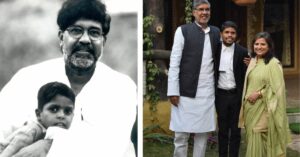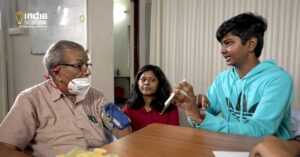In Varanasi, An IAS Officer’s Mission Reunites 700 Lost Children with Their Families
IAS officer Himanshu Nagpal spearheads Mission Muskaan to reunite lost children living in Varanasi’s ghats, railway stations, and temples with their families across India. He shares how he does this.
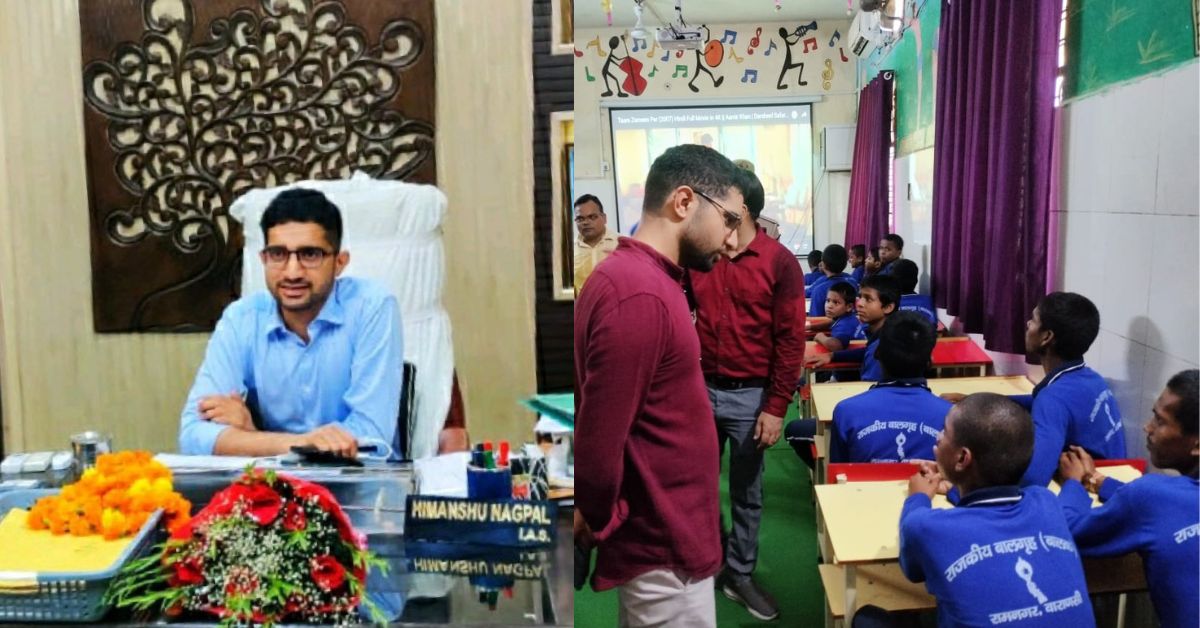
That particular morning in 2019 should have been like any other for 12-year-old Shoaib Ahmed as he set out for work at a nearby barber shop in his village UP’s Shamli district. But it turned into a terrifying ordeal when the young boy, who lives with an intellectual disability, accidentally went to a bus station adjacent to his workplace and sat on a bus without knowing its destination.
Unknowingly switching buses and trains, he reached Varanasi — about 1,000 km from his home.
With no knowledge of how to go back home, the child stayed at the railway station and survived by begging. Meanwhile, his family back home went pillar to post in search of him.
His brother Raheed tells The Better India, “When he did not come back home in the evening, we went to the barber shop and were informed that he never arrived there. He cannot speak clearly and is intellectually disabled.”
“We registered missing report FIRs at several police stations. I went on my bike to a distance of up to 130 km to find him. We tried our best but we could not find him. We feared if he was even alive,” he adds.
It had been four years since then.
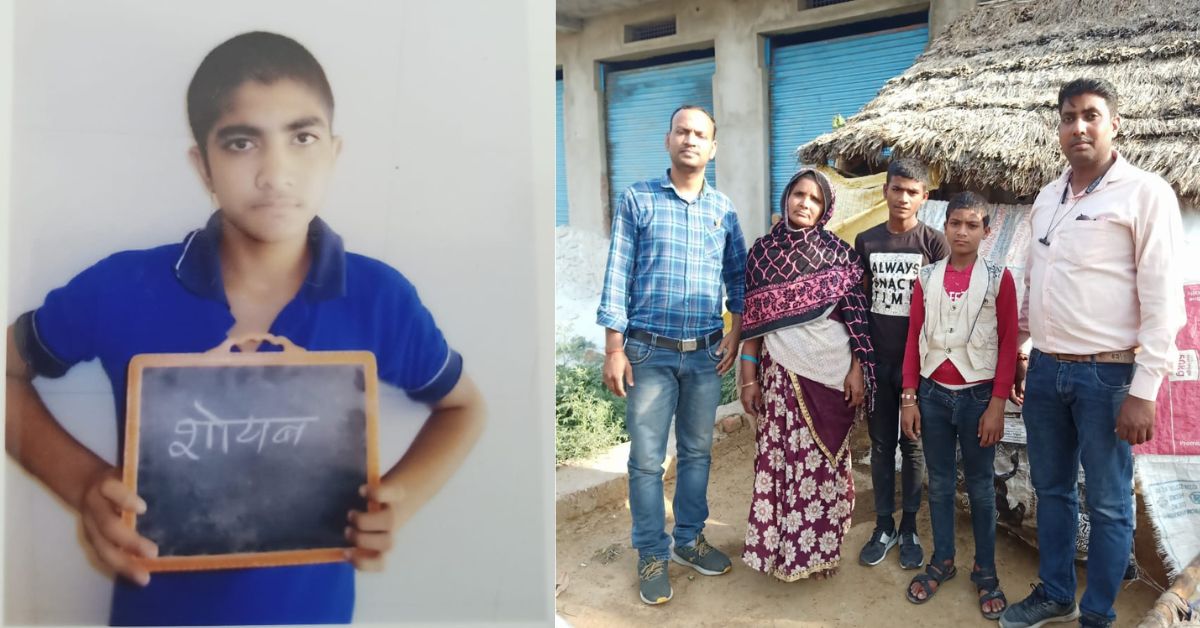
“One day, we got a call from the police thana (station) that they had found him. All of us — even the entire neighbourhood — were happy. We spoke to him over video call and saw his face. We saw him after so many years. All of us burst into tears,” the 25-year-old adds.
In January this year, Shoaib was back home.
Like Shoaib, 730 lost children in Varanasi have been reunited with their families since last July. This could have been possible with Mission Muskaan, supervised by IAS officer Himanshu Nagpal.
Giving happiness back to families
Originally hailing from the Hissar district of Haryana, Himanshu is a 2019-batch IAS officer. Last year, he was posted as the Chief Development Officer (CDO) in Varanasi. During a field visit, he came across a few children begging at a circle. After speaking to them, he found that the children had been living under the flyover and were not from the city.
“Thousands of tourists visit Kashi city every day. At times, children coming along with their parents are lost, and then they have to turn to begging to fend for themselves. We found many such children at railway stations, temples, and the ghats. Some of these children have been here for as long as five years,” he tells The Better India.
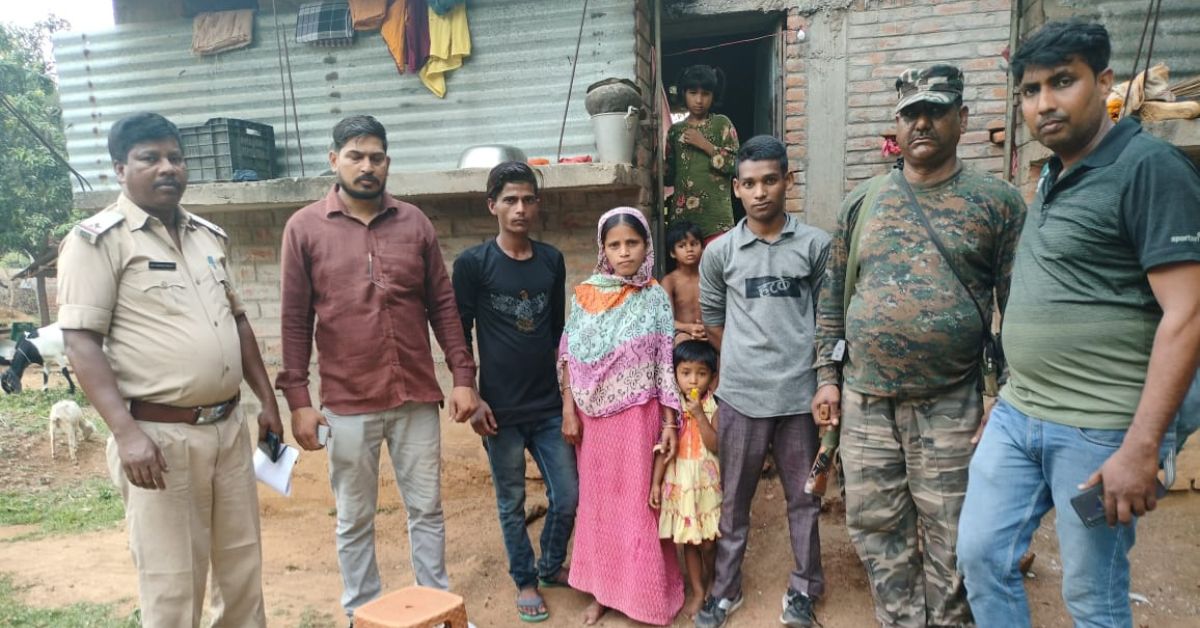
“We found that a lot of these children were from other districts and states like Telangana, Karnataka, Assam, and even neighbouring country Nepal,” he adds. The IAS officer pledged to reunite these children with their families so they could leave the life of drudgery.
Along with 12 teams comprising 60 officers from departments such as Child Development, Social Welfare, Anti-Human Trafficking, and the police, the officer started identifying and rescuing children from railway and bus stations, flyovers, ghats, circles, and temples.
The children in the age group of 5 to 18 years are given shelter at child welfare homes till they are reunited with their families. “Some of these children are intellectually disabled. So it takes time to understand where they come from and who their parents are. This is when we seek help from psychologists, who assist them so that we can track their locations,” explains Himanshu.
Once psychologists are able to get the required information, photos of children are circulated in the local police stations. After identifying the village, these children are reunited with their families, he informs.

If the impoverished families are unable to travel to Varanasi, departmental officials are deployed to accompany the child and safely take them to their homes. A “happy” picture of reunited families along with officials is clicked to maintain record.
“Thereafter, we follow up on all cases. We regularly video or phone call the families to ensure children are safe. We talk to the children as well,” says the IAS officer.
Until reunited …
Until the children are reunited with their families, they are housed in 20 child welfare shelters that have been equipped with improved facilities including air conditioning and smart classes.
“Till the time, they are not reunited, they are like our children. We wanted to make good facilities available at the shelter homes. In the morning after Yoga classes, they get involved in different sports activities and are engaged in making crafts and paintings. Children are also given regular medical check-ups,” he says.
The IAS officer has roped in primary school teachers and teachers from non-profits like Bachpan to provide basic education to these children. “We have one space for students of classes 1, 2, and 3; a second for classes 4 and 5; a third for classes 6 and 7, and another for Class 8 students,” he says.
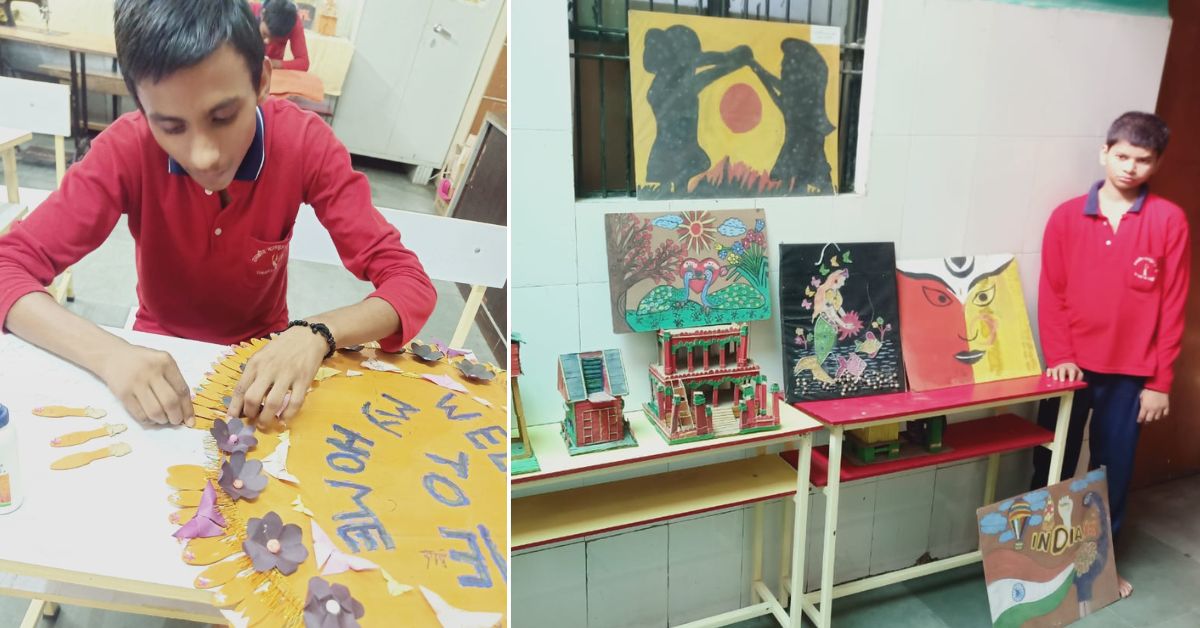
For this purpose, he utilises funds from the district administration. Himanshu says the activities at the child care homes are supervised regularly. “I personally visit at least one home every week.”
Highlighting challenges to run the campaign, he says, “Usually it takes 5-15 days or more to reunite children with their families. But not all kids are the same. Some are intellectually disabled and it takes time to identify their homes as they are not able to communicate effectively.”
For instance, Saurabh Maurya, who accompanies children to their homes, tells The Better India, “In the case of Shoaib, we had to use his biometrics to get his Aadhaar card, and address details, because he was unable to communicate about his home and parents.”
“There was a big challenge to increase and better facilities at shelter homes. Also, coordination of the counterpart districts also matters. If the police stations there are not active, we will not be able to track their locations. This is not a one-time process. We have to be continuous in spearheading the campaign,” says Himanshu. If you found our stories insightful, informative, or even just enjoyable, we invite you to consider making a voluntary payment to support the work we do at The Better India. Your contribution helps us continue producing quality content that educates, inspires, and drives positive change. Choose one of the payment options below for your contribution- By paying for the stories you value, you directly contribute to sustaining our efforts focused on making a difference in the world. Together, let’s ensure that impactful stories continue to be told and shared, enriching lives and communities alike. Thank you for your support. Here are some frequently asked questions you might find helpful to know why you are contributing?

The IAS officer feels that this work is also part of his duty. “If we are unable to reunite these children with their families, then I do not think we are doing a good job. What we do is just part of my legal responsibilities. There have been moments when we see families crying with happiness when their kids reach home. Looking at their smiles makes your day,” he says.
Edited by Divya Sethu. All photos: Saurabh Maurya.
This story made me
- 97
- 121
- 89
- 167




